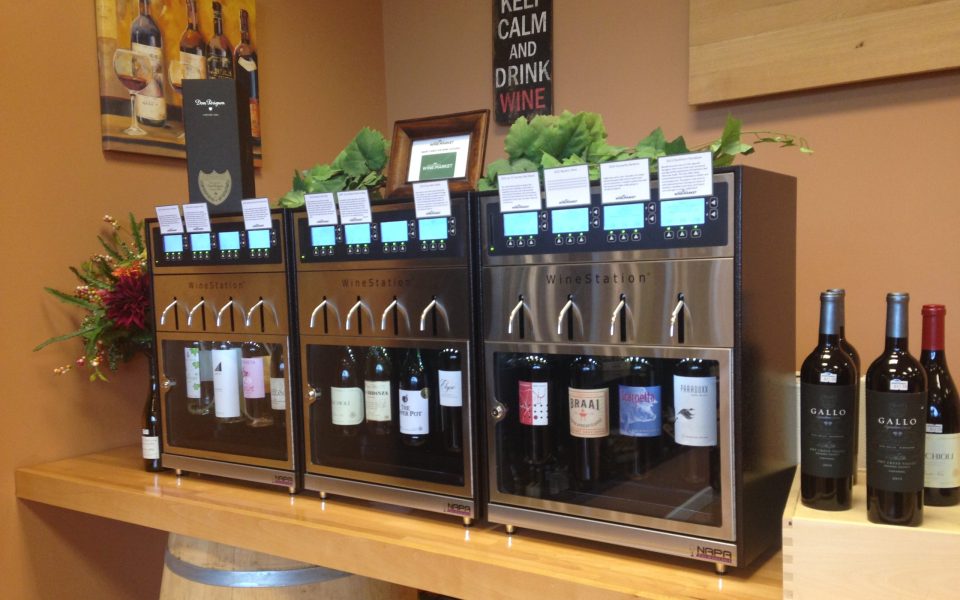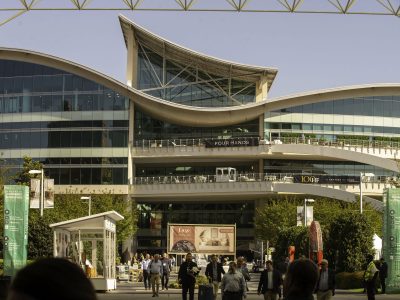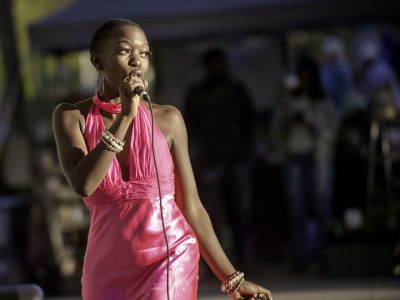I confess: I have been a wine snob. Not in the sense that I have turned up my nose to cheap, inferior wines; on the contrary, I have disdained California vintages and anything over $10.
That’s the main reason I didn’t visit Winston-Salem Wine Market until last year, opting to buy my bottles at grocery stores and wine warehouses in a form of reverse wine snobbery. But I thank Bacchus for leading me into the tall-ceilinged, well-lit shop off Stratford Road in west Winston-Salem, which celebrated its three-year anniversary a few months ago.
The wall of wine is my favorite to peruse: endless options of European, Australian, South African and South American bottles, some with downplayed, traditional labels and others with swaths of color and quirky names. California wines are in the middle — two freestanding aisles with brands I don’t recognize.
For a couple months, I would skirt the perimeter, avoiding wines from the sunny state. Then, my husband gave me a membership to the Wine Market’s wine club for Christmas. For a little more than $40 per month, we get one bottle of red and one bottle of white a month (you can choose two reds instead), plus perks like 15 percent off additional bottles and a $25 match on a wine card, used for the wine-dispensing machine in the store.
January’s red was a cabernet sauvignon called Est. 75 from the Seventy Five Wine Co. in the dreaded Napa Valley, Calif. Each month’s haul comes with a description of the winery and the wine’s tasting notes, and when you join the wine club, you receive a binder to record your own perceptions. There’s even a handy printout of an aroma wheel, which is like a color wheel but with smells.
The Est. 75 smelled like dark berries and tasted like strawberry and raspberry, with hints of smoke or tobacco. I rated it 4 out of 5 stars.
March’s red was Nero Misto (“mixed black”) from Elyse Winery, also from Napa Valley. It had plum aromas, and cherry and dark chocolate flavors. I rated it 4 of 5 as well. Three months in, and the wine club changed my mind about the notoriously pretentious region.
Store owner Bob Kniejski and manager Beth Binder are responsible for choosing each month’s wine club offerings.
“We try to pick the best wines for the best value,” said Binder.
Together, they sample about 30 new wines or vintages a week, and only half make it onto store shelves.
So far, they’re on target. The February red — another California blend, this one from Slo Down Winery in San Francisco — was called Sexual Chocolate and was so good, I found myself buying another bottle of it a month later.
The whites in the wine club this year have ranged from a nuanced white Burgundy from France to an easy-drinking, fruity-floral pinot gris from Oregon. I haven’t liked the whites as much as the reds, but learning what I don’t like is just as informative as discovering what I do.
The best benefit of the wine club is having someone else choose what to imbibe.
“We find things people wouldn’t normally drink themselves,” Kniejski said.
But you don’t have to be in the wine club to discover new wines. Go to one of the free tastings (on Saturdays, they have a beer station, too) or use the wine-dispensing machine, another way to taste vino in small quantities before buying an entire bottle.
The late Bruce Heye from Lewisville, a renowned wine drinker and world traveler, eschewed the traditional 100-point wine scale in favor of personal taste. He once told me: “Everyone should drink whatever wine they like.”
Winston-Salem Wine Market shares the same philosophy, and Kniejski and Binder prove particularly adept at figuring out what people will like.
Join the First Amendment Society, a membership that goes directly to funding TCB‘s newsroom.
We believe that reporting can save the world.
The TCB First Amendment Society recognizes the vital role of a free, unfettered press with a bundling of local experiences designed to build community, and unique engagements with our newsroom that will help you understand, and shape, local journalism’s critical role in uplifting the people in our cities.
All revenue goes directly into the newsroom as reporters’ salaries and freelance commissions.





Leave a Reply